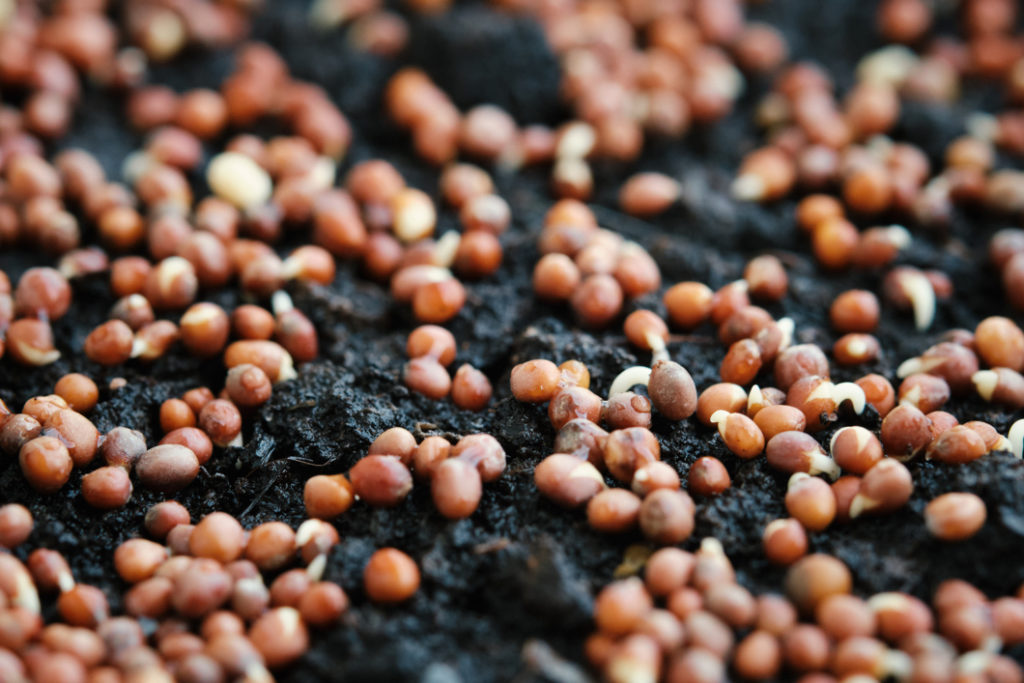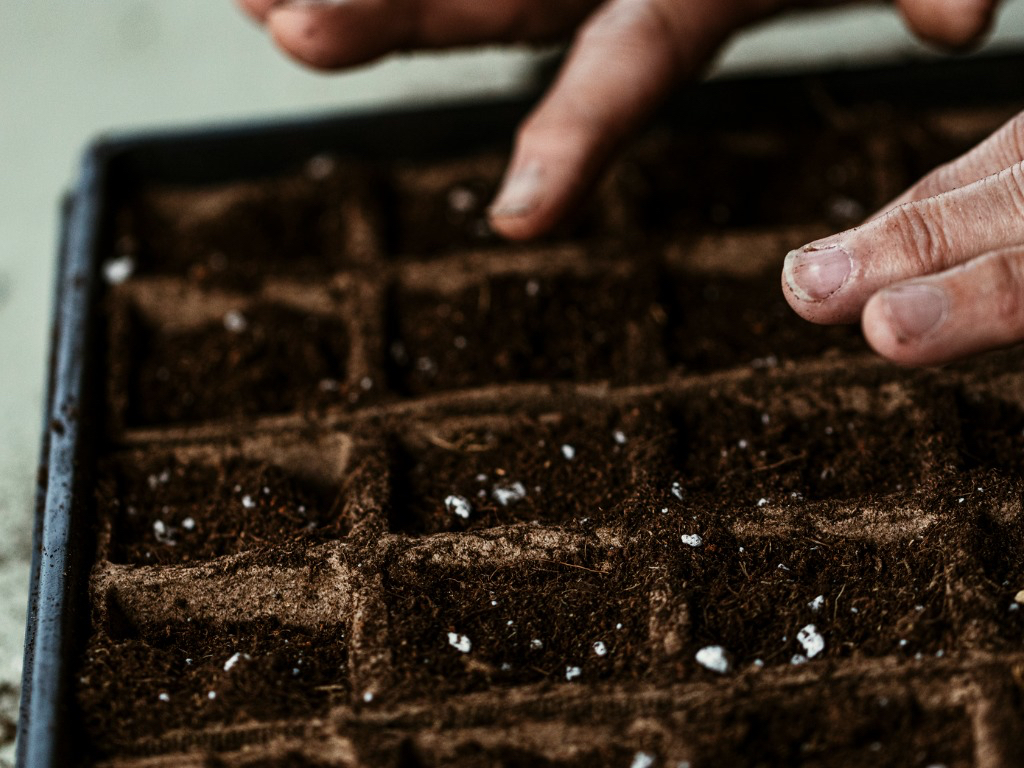Astilbe Can Be Sown From Seed But It’s Not A Reliable Method – Here’s Why

PERENNIALS > ASTILBE > SOWING

Elizabeth is a Permaculture Garden Designer, Sustainability Consultant and Professional Writer, working as an advocate for positive change. She graduated from the University of St. Andrews with an MA in English and Philosophy and obtained a Diploma in Applied Permaculture Design from the Permaculture Association.
Reviewed By ROY NICOL

Roy is a Professional Gardener and Horticultural Consultant, specialising in large garden year-round maintenance and garden development. He is an RHS Master of Horticulture and uses his research in the application of no-dig methods in ornamental garden settings. Roy has been a Professional Gardener for more than six years and is a member of the Chartered Institute of Horticulture, Professional Gardener's Guild and Association of Professional Landscapers (Professional Gardener).
IN THIS GUIDE
ASTILBE GUIDES
Bare Root Planting
Container Growing
Division
Growing From Seed
Overwintering
Pruning
Varieties
Astilbes are beautiful flowering perennials, perfect for a moist, partially shaded spot.
If you already have a mature plant in your garden, you might be wondering how best to propagate it to gain more plants.
While dividing Astilbes or growing from bare roots are far easier and more reliable propagation methods, you can also grow Astilbes from seed.
Why It’s An Unreliable Method
Gardeners tend to choose other methods of propagation because:
- Varietals will often not come true from seed, so, while the results can be interesting, the plants may not be very similar to the parent plant.
- Germination rates can be low, so seed sowing is not a very reliable way to ensure new plants.
- Plants sown as seeds will take several years before they flower.
- Astilbe varietals grown from collected seed also tend to be rather short-lived.
Occasionally, Astilbes which are very happy in their spot in your garden may self-seed.
If they do so, you can replant these volunteer seedlings into their growing positions in either September or in around April, or you can leave them where they have naturally chosen to grow.

If you do decide that you would like to collect seeds to sow:
- Collect seeds from your existing Astilbe plant.
- Store seeds until spring.
- Soak the seeds in water for 24 hours.
- Sow the seeds in moist seed-starting compost in flats, trays or small pots indoors in early spring.
- Plant seedlings out into their final growing positions in September or October.
Read on for a more detailed explanation of each of these steps.
| Difficulty | Medium |
| Equipment Required | Seeds, seed starting pots or trays, potting mix |
| When To Sow | March-April |
| When To Plant Out | September-October |
Astilbe Is Best Sown Indoors
Astilbe seeds are best sown indoors in early spring and then planted out into your garden in September or October.
1) Collect Seeds
The first step is to collect the small seeds from your Astilbe.
After the flowers have bloomed, the seeds will form along the feathery flowering heads, which are technically called inflorescences.
If you do not deadhead, you can collect the stems before the seeds scatter.

Lay out the stems to dry somewhere dry and once the pods seem ready to split open, place them into a paper bag.
Give the bag a good shake and let the seeds fall into the paper bag.
Then, collect the seeds and place them into a paper envelope or another suitable container to keep them safe and dry until spring.
2) Store Seeds Until Spring
It is best to store the seeds until spring before planting because older seeds which have been stored carefully over the winter stand a somewhat better chance of germinating successfully.

Keep the seeds in your fridge or in another cool location.
3) Soak Seeds Before Sowing
In early spring, take your seeds out of storage and place them in tepid water to soak for 24 hours.
This is another strategy which can improve germination rates.
4) Sow The Seeds
Prepare a suitable seed-starting flat, tray or small pot, filled with a peat-free potting mix which is light and aerated, yet suitable moisture retentive.

Scatter the seeds into your chosen seed starting container or containers.
“After this step, lightly press them into the compost but do not cover them as they need light to germinate,” shares Master Horticulturist Roy Nicol.
“If the seeds are viable and the compost is maintained at around 15°C and kept moist, germination should occur within around 20-25 days.”
5) Pot On Then Plant Out
As soon as your seedlings are large enough to handle, prick out the seedlings and pot on into 9cm pots to grow on.
Transplant them into their final growing positions in your garden in September or October.

Astilbes need a sunny or ideally partially shaded position, with soil which remains moist but does not become waterlogged.
Keep the plants well watered throughout the summer months, mulch each spring with plenty of organic matter, and in 3 years or so, there is a chance that your Astilbe grown from seed will reach a size where they will begin to flower.
